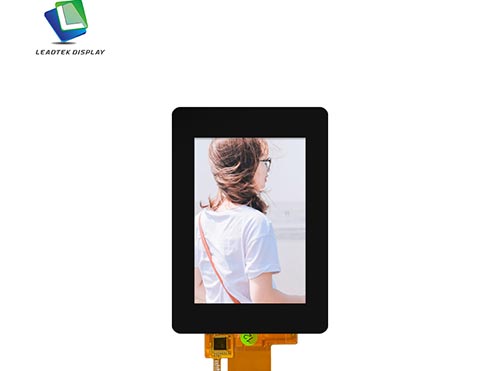Key Features and Applications of Touch Screen Modules
What is a Touch Screen Module?
A touch screen module is a crucial component that allows users to interact with electronic devices through touch-based input. These modules are found in many devices, such as smartphones, tablets, and kiosks, enabling users to control functions by simply tapping, swiping, or gesturing on the screen. The touch screen module translates physical touch into digital commands, making it an essential interface for modern technology.
How Does a Touch Screen Module Work?
Touch screen modules rely on different technologies to detect and interpret touch input. The most common types of touch screen technologies are resistive and capacitive. Resistive touch screens work by responding to pressure applied to the screen surface, which is ideal for environments where durability is critical. On the other hand, capacitive touch screens use the electrical properties of the human body to detect touch, offering a more sensitive and responsive interface.
Both technologies typically use a layer of conductive material, a sensor, and a controller to detect the touch and send the corresponding signal to the device. The touch screen module then processes this input and executes the desired action, whether it’s opening an app, scrolling through a page, or zooming in on an image.
Key Features of Touch Screen Modules
When selecting a touch screen module for a device, there are several important features to consider. The first is touch sensitivity, as a good touch screen module should register the lightest touch with accuracy. Durability is also crucial; the screen must withstand frequent use without becoming damaged. The resolution of the screen plays a significant role in user experience, with higher resolutions providing clearer, sharper visuals. Size and form factor are also key factors, as touch screen modules come in a wide range of sizes to suit different devices, from compact smartphones to large industrial displays. In addition, multi-touch capability is becoming increasingly important, as it allows users to perform gestures such as pinch-to-zoom, swipe, or rotate.
Applications of Touch Screen Modules
Touch screen modules are used in a wide variety of industries and applications. In consumer electronics, they are found in smartphones, tablets, laptops, and other portable devices, allowing users to interact with their devices in an intuitive and efficient way. In healthcare, touch screen modules are used in medical devices, including diagnostic equipment and patient monitoring systems, to provide fast and accurate input with minimal physical contact.
In the retail industry, touch screen modules are common in self-service kiosks, point-of-sale (POS) systems, and interactive displays, offering a seamless and user-friendly customer experience. The automotive industry also uses touch screen modules for infotainment systems and navigation displays, allowing drivers and passengers to control various features with ease.
In conclusion, touch screen modules have become integral to modern electronic devices and industries. Their ability to facilitate intuitive, touch-based interaction has revolutionized the way we engage with technology. From smartphones to healthcare equipment, touch screen modules are versatile and crucial components for providing efficient and interactive user experiences. When choosing a touch screen module, it’s important to consider factors such as touch sensitivity, durability, resolution, and size to ensure optimal performance for your specific needs.




 Skype
Skype WhatsApp
WhatsApp Email
Email Inquiry
Inquiry WeChat
WeChat
 TOP
TOP